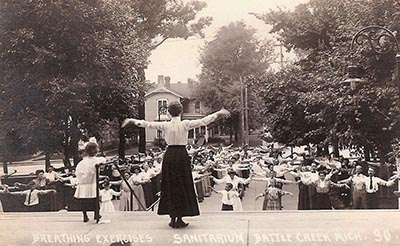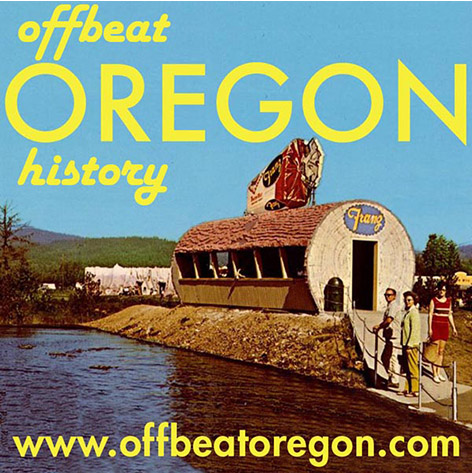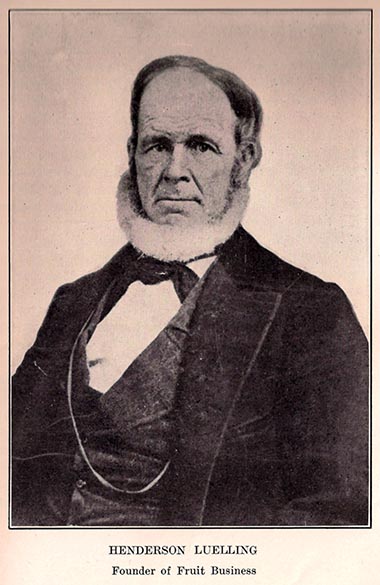CENTRAL AMERICA; 1850s:
‘Harmonial Brotherhood’ free-love cult a disaster
Audio version: Download MP3 or use controls below:
|

Luelling called a meeting of the faithful and made a passionate speech on his own behalf, hinting that his claim on the eggs had the backing of divine authority. Dr. T accused him of abusing his authority and vowed revenge. The other Harmonial Brothers took sides, and (this is a direct quote from the newspaper article) — “the women, also, who called each other liars and no ladies.” Eventually, though, the rebellion was quelled and the Santiago, with most of its cargo of lapsed vegetarians still aboard, was on its way to Tiger Island. Tiger Island is a big pyramid-shaped island in the middle of the Gulf of Fonseca, where the borders of El Salvador, Honduras and Nicaragua meet the Pacific Ocean. Upon arrival there, the pilgrims made excursions to various nearby places where they thought they might establish their home. Finding nothing suitable by the sea, they explored up the Como River on the mainland, and finally found a spot about 60 miles inland that they thought would do. They thought wrong. Honduras is deep in the tropics, and the spot they staked out was subject to all the tropical diseases to which the residents of northerly climes are so susceptible. Almost immediately the pilgrims started getting deathly ill with what was probably malaria or yellow fever. Harmonial Brotherhood doctrine held that the unusual healthfulness of their “harmonial diet” of ground-up wheat berries and cold water would ward off all sickness, but that was now turning out to be yet another hopeful fantasy. So they turned to the practices of hydropathy to treat the sick. Hydropathy, a.k.a. “Water Cure,” is mostly a discredited practice today, but in 1860 it was almost mainstream. It advocated the use of water — usually cold water, but sometimes hot, taken internally or used externally — to cure all disease. Extremist hydropathy, such as the kind espoused by the Harmonial Brotherhood, eschews all other medicines. Now, with many pilgrims desperately ill, it was time for the Brotherhood’s medical dogma to be put to the test as its nutritional dogma had been on the journey from San Francisco. Would it fare as poorly? It would. “They took Mrs. C., while raging with the fever, wrapped her in a wet blanket ‘til she perspired profusely, and then threw cold water over her,” recounts the newspaper article. “The speedy result was her death.” Most of the stricken fared better, in spite of the Harmonial hydropathic interventions. But several others died, either from the fever or from the treatment. By this time, things had gotten really bad for the pilgrims. Dr. T and his wife had seceded from the group. Several others had abandoned the whole affair and were making their way back to “civilization” as best they could. Finally, the Harmonial Brotherhood disbanded entirely and, the Santiago once again under their feet, proceeded to slink back to San Francisco. Luelling survived the fever and returned on the Santiago, living for a time in San Jose with friends, possibly under a pseudonym. In 1878, while clearing land to plant a new orchard there, he died of a heart attack.
|
Background photo is a postcard image showing vacationers playing at Diamond Lake, on a picture postcard published around 1950.
Scroll sideways to move the article aside for a better view.
Looking for more?
On our Sortable Master Directory you can search by keywords, locations, or historical timeframes. Hover your mouse over the headlines to read the first few paragraphs (or a summary of the story) in a pop-up box.
... or ...

©2008-2014 by Finn J.D. John. Copyright assertion does not apply to assets that are in the public domain or are used by permission.

